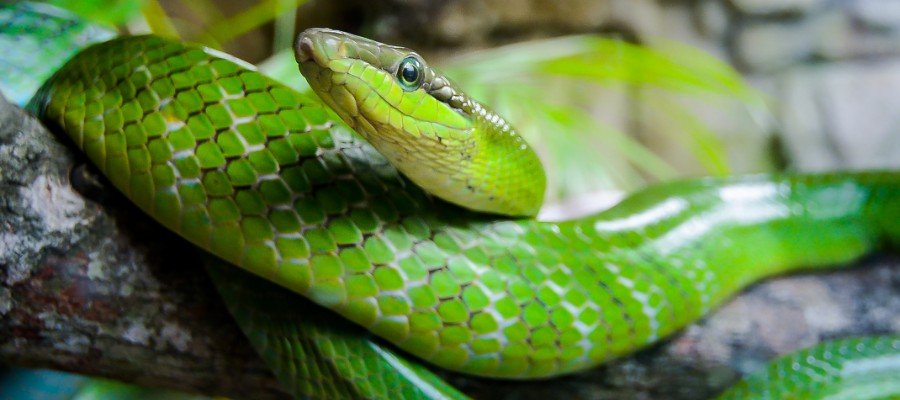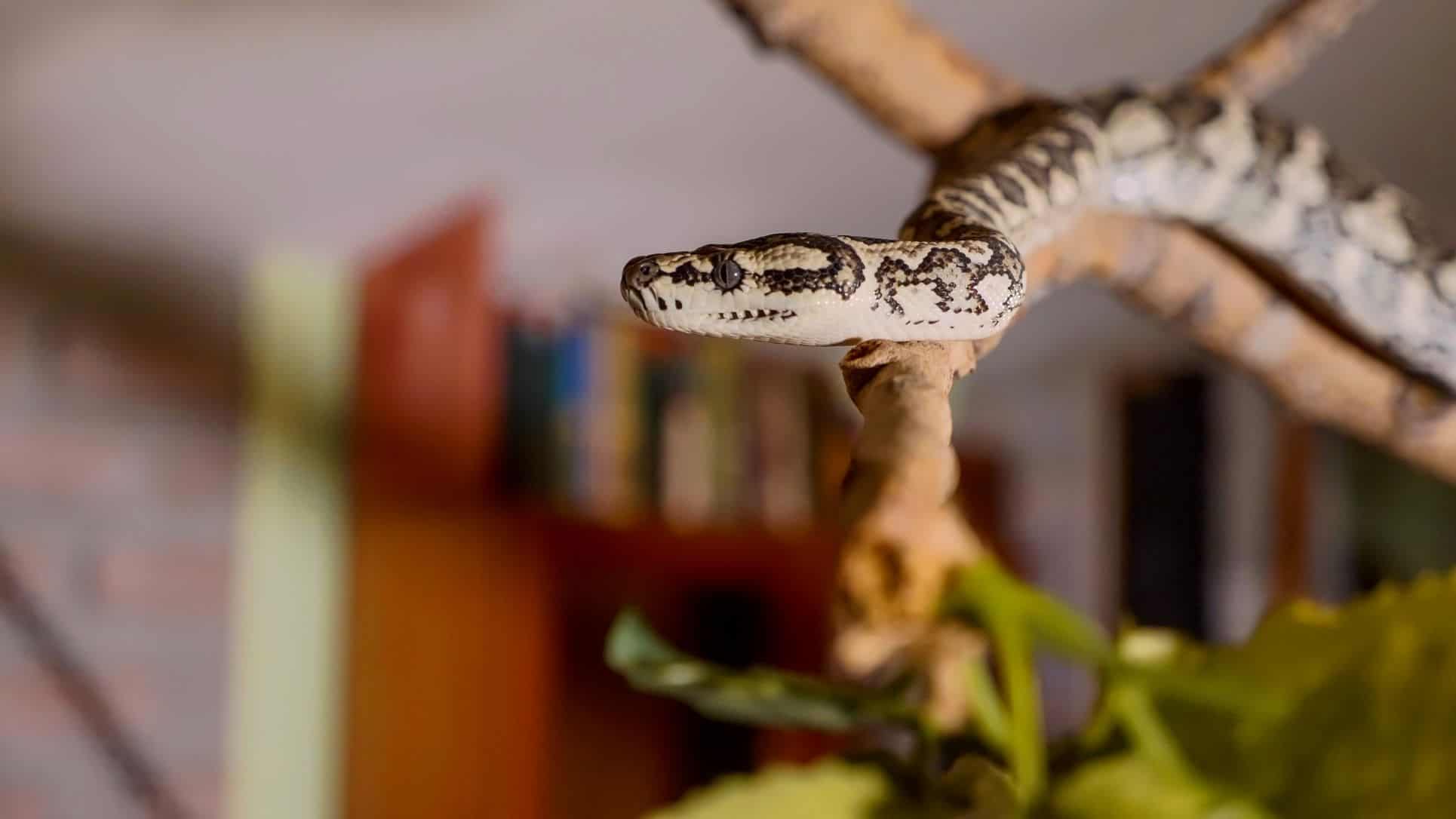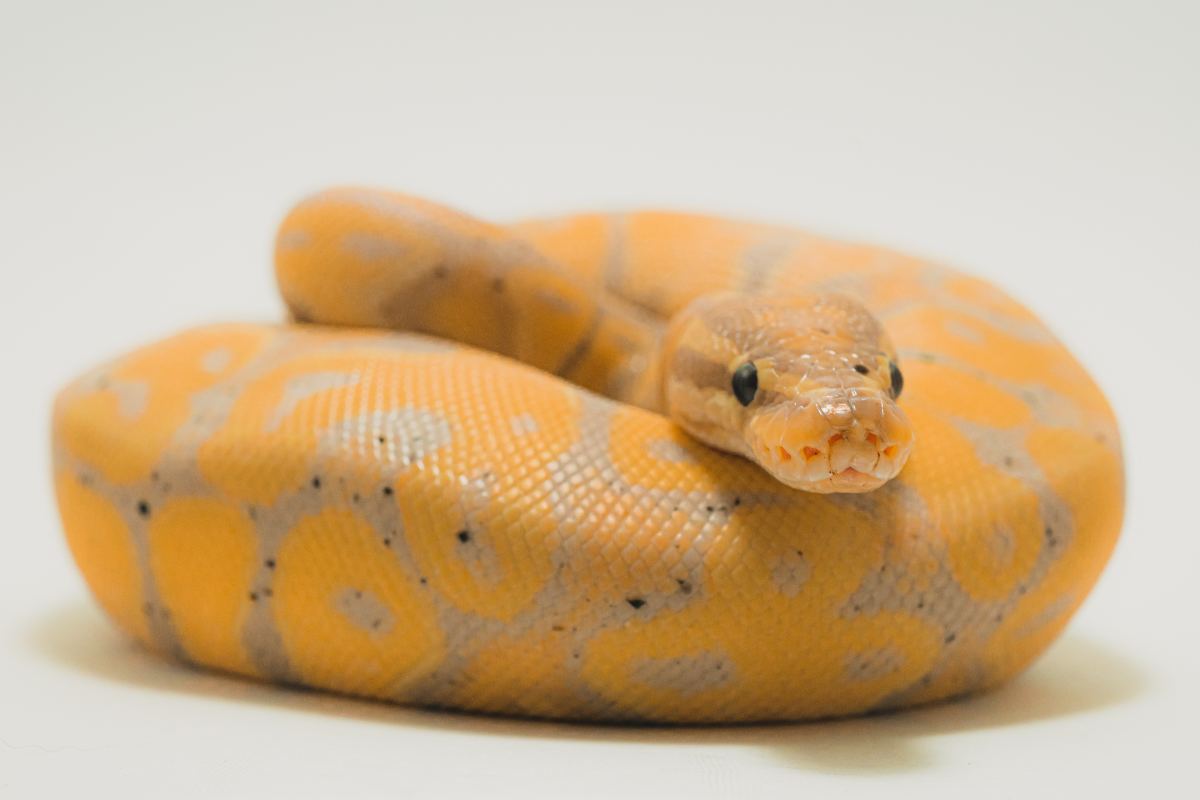Find Your Perfect Match: Snake for Sale Selections Await!
Find Your Perfect Match: Snake for Sale Selections Await!
Blog Article
Vital Care Tips for Pet Dog Snakes: A Novice's Guide
As newbie reptile fanatics embark on the journey of caring for family pet serpents, understanding the essential concepts of correct husbandry is critical. From choosing the appropriate snake species to creating an appropriate environment and keeping optimal environmental conditions, each step plays a critical duty in fostering a flourishing connection in between proprietor and snake.
Picking the Right Serpent Types
When picking a serpent types as a pet dog, it is essential to think about aspects such as size, treatment, and character demands. Size is a crucial factor to consider as it directly affects the area needed for the serpent to flourish comfortably.

Setting Up the Perfect Unit
To develop an optimum living environment for your pet serpent, thorough focus to information is needed when setting up the enclosure. The initial factor to consider is the dimension of the unit, guaranteeing it supplies sufficient space for your serpent to relocate about and extend conveniently. A general general rule is to have a container that goes to least as long as the snake's size and large enough to permit different hiding places and a water dish.
Substratum selection is critical, as it not only influences the aesthetics of the unit however additionally contributes in maintaining appropriate humidity levels. Popular substrates consist of aspen shavings, cypress mulch, and paper towels, each supplying different advantages depending on the serpent species and preferred moisture levels.
Including a temperature slope is important for your serpent's overall health and wellness. Make use of warm lights, warmth pads, or ceramic heating units to develop a warm side and a cooler side within the room, permitting your snake to control its body temperature level as needed. Furthermore, providing adequate lights, hiding areas, and climbing up branches will certainly offer enrichment and stimulation for your pet dog snake.
Providing Proper Home Heating and Lights
Proper heating and illumination are crucial components in producing an appropriate environment for your pet snake. Snakes are ectothermic, implying they rely upon exterior resources of warmth to manage their body temperature level. To mimic their native environment and guarantee your serpent's health, it is crucial to offer an appropriate warm slope within the unit. This slope consists of a cozy basking place at one end, maintained at around 85-90 ° F for most snake species, and a cooler area around 75-80 ° F at the other end to enable thermoregulation.
For home heating, under-tank hot pad or warm tape are typically used to create a cozy place for your snake to bask. It is essential to check the temperature level regularly with a reliable thermostat to protect against getting too hot or cooling. Furthermore, snakes require a constant light-dark cycle to preserve their circadian rhythm. Making use of a full-spectrum UVB light can be helpful for sure species to assist in vitamin D3 synthesis.
Remember to investigate the certain heating and lighting demands for your go to this web-site snake varieties website here to offer a healthy and balanced and comfortable environment for your pet dog. snake for sale.
Establishing a Feeding Regimen
Serpents have differing feeding regularities based on their types, age, and size. Usually, adult snakes are fed when every 1-2 weeks, while younger serpents might require even more frequent meals.
When feeding your snake, select suitably sized prey items. The size of the victim should match the serpent's girth for proper digestion and to prevent regurgitation. Icy target things are advised as they pose less risk to your snake compared to live prey, which can hurt the snake during feeding.

Handling and Mingling Your Serpent
When managing and socializing your family pet serpent, it is crucial to technique with caution and respect for their all-natural habits and limits. Snakes are singular pets by nature and may not choose social communication like various other animals. With constant and gentle handling, several snakes can become accustomed to human call.
Before attempting to manage your snake, make certain that they are comfy and not in shed or food digestion mode, as this can make them extra cranky. Approach your snake comfortably and confidently, sustaining their body appropriately to make them feel safe. Avoid abrupt motions or loud noises that can his response stun them.
Beginning with short handling sessions and progressively enhance the moment as your snake comes to be much more familiar with being held. Be observant of their body language - if they reveal indications of stress and anxiety like hissing, fast tongue flicking, or curling firmly, it's ideal to put them back in their room.
Bear in mind that not all snakes appreciate dealing with, and it's important to appreciate your animal's choices. Normal, mild interactions can help develop depend on and minimize stress and anxiety for your serpent, leading to an extra positive relationship between you both.
Final Thought
In conclusion, it is essential for novice snake owners to very carefully pick the best snake species, established up a suitable unit, supply ample heating and illumination, establish a feeding regimen, and manage their snake correctly. Complying with these treatment ideas will certainly make sure the wellness and happiness of the animal serpent, creating a harmonious relationship in between owner and reptile.
When choosing a serpent species as a pet, it is critical to take into consideration aspects such as character, size, and care requirements. Some serpents, like the Corn Snake, tend to be tolerant and accommodating of dealing with, making them ideal for those new to snake ownership. Looking into and understanding these needs details to the species you are thinking about is crucial to supply proper care and guarantee the serpent's well-being. Generally, adult snakes are fed when every 1-2 weeks, while more youthful serpents may call for more frequent meals.

Report this page